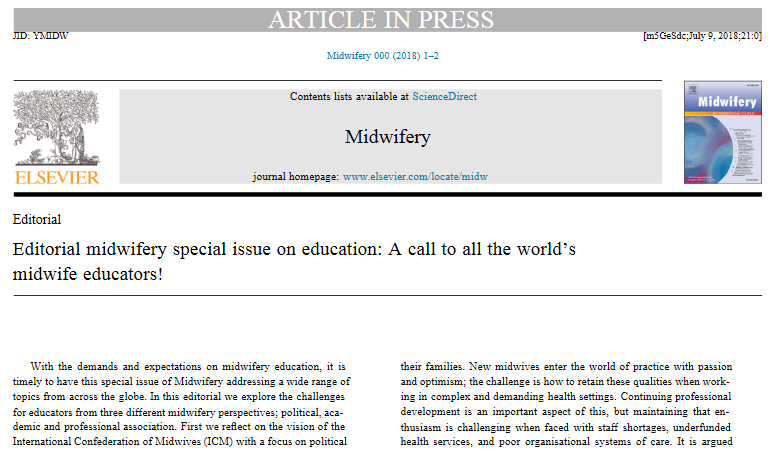 Congratulations to Prof. Vanora Hundley of FHSS on the publication of her ‘Editorial midwifery special issue on education: A call to all the world’s midwife educators!’ in Midwifery (Elsevier). This editorial is co-authored by midwives Franka Cadée of the International Confederation of Midwives (ICM) and Mervi Jokinen of European Midwives Association (EMA). The editorial was written to accompany a Special Issue of the journal focussing on midwifery education. The Midwifery Special Issue addresses a wide range of topics from across the globe. Whilst the editorial explores the challenges for midwifery educators from three different midwifery perspectives: (1) political; (2) academic ; and (3) professional association.
Congratulations to Prof. Vanora Hundley of FHSS on the publication of her ‘Editorial midwifery special issue on education: A call to all the world’s midwife educators!’ in Midwifery (Elsevier). This editorial is co-authored by midwives Franka Cadée of the International Confederation of Midwives (ICM) and Mervi Jokinen of European Midwives Association (EMA). The editorial was written to accompany a Special Issue of the journal focussing on midwifery education. The Midwifery Special Issue addresses a wide range of topics from across the globe. Whilst the editorial explores the challenges for midwifery educators from three different midwifery perspectives: (1) political; (2) academic ; and (3) professional association.
- Hundley, V., Cadée, F., Jokinen, M. (2018) Editorial midwifery special issue on education: A call to all the world’s midwife educators!, Midwifery 64: 122-123







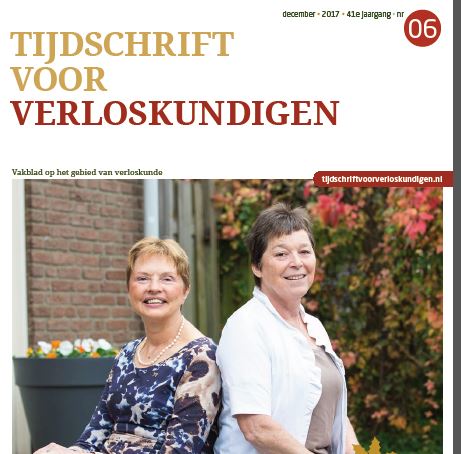
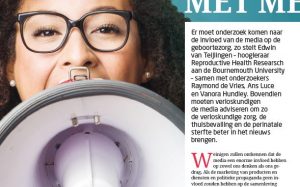
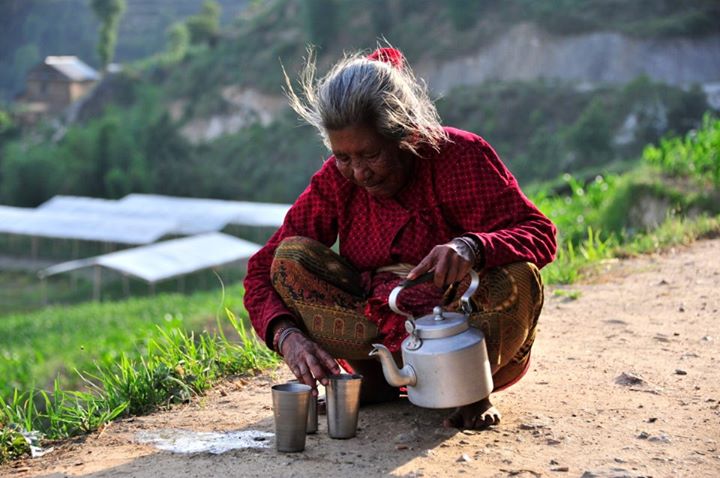
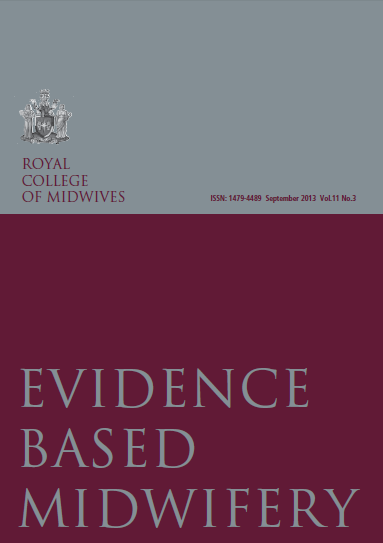
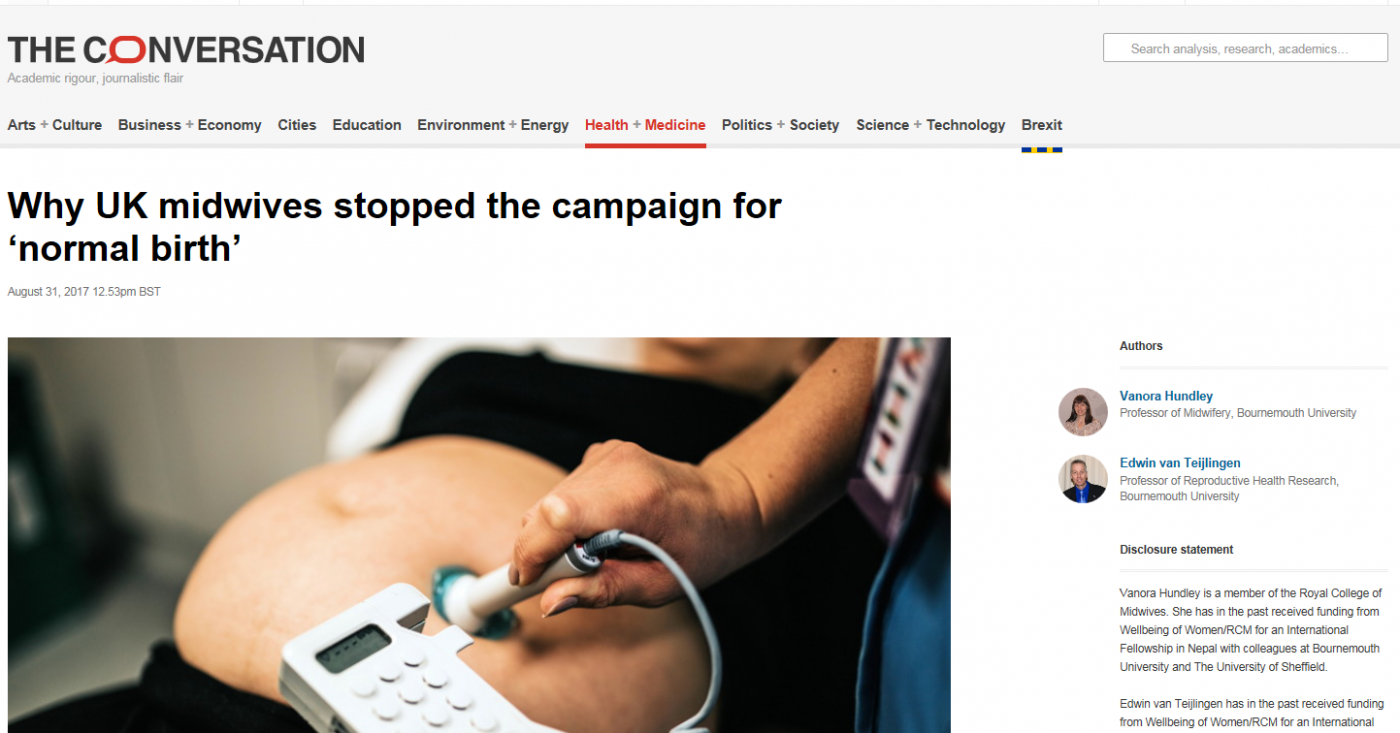




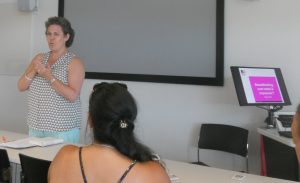

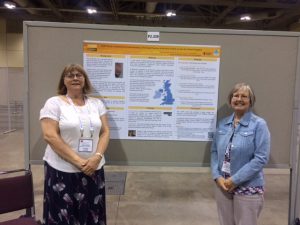

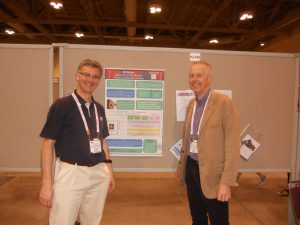



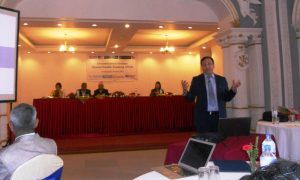
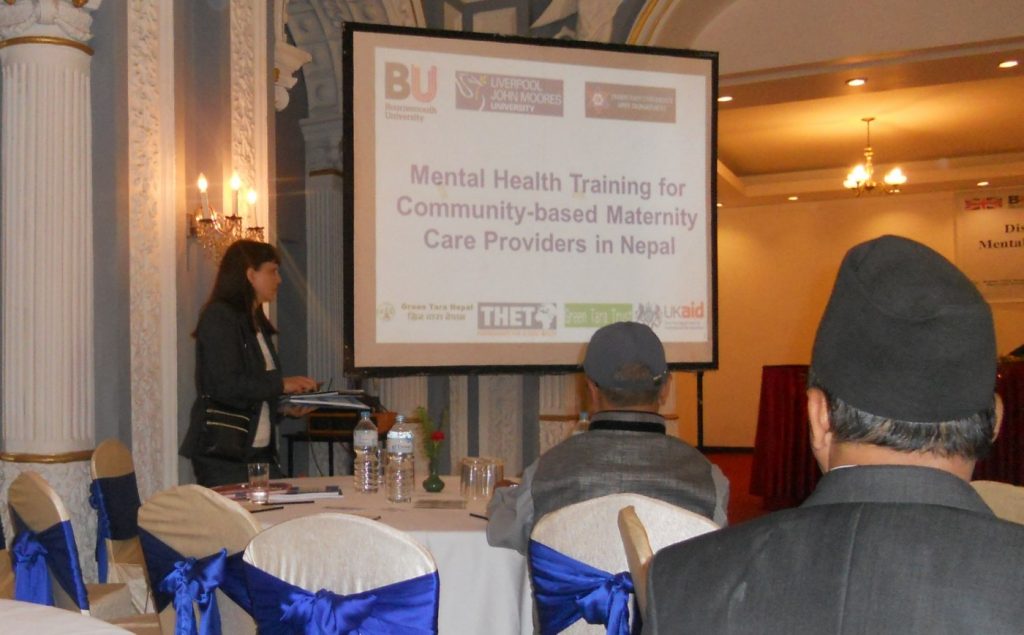




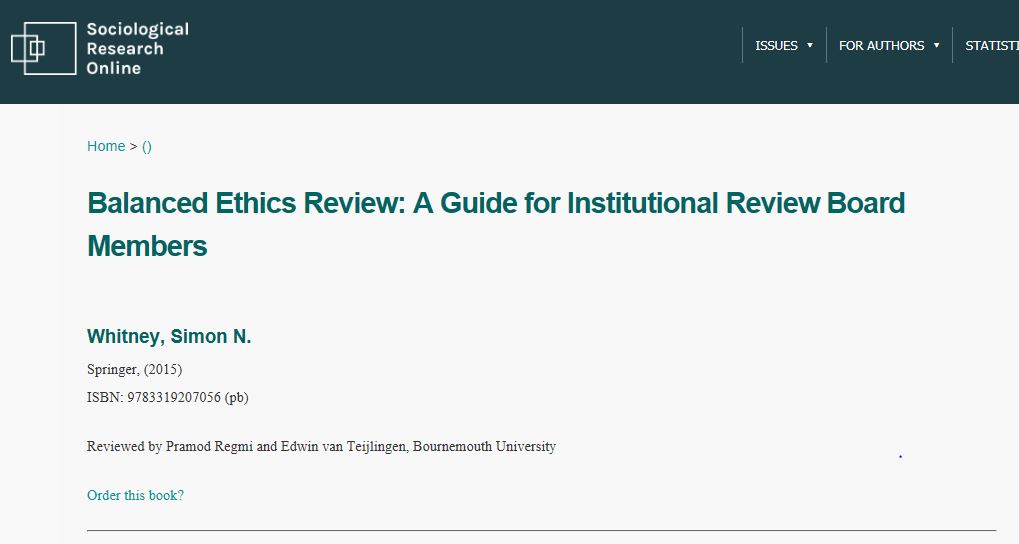
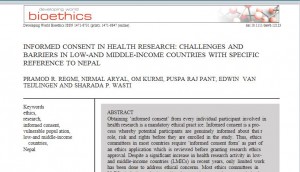











 Dr. Ashraf cited on ‘Modest Fashion’ in The Guardian
Dr. Ashraf cited on ‘Modest Fashion’ in The Guardian NIHR-funded research launches website
NIHR-funded research launches website Academics write for newspaper in Nepal
Academics write for newspaper in Nepal New paper published on disability in women & girls
New paper published on disability in women & girls MSCA Postdoctoral Fellowships 2025 Call
MSCA Postdoctoral Fellowships 2025 Call ERC Advanced Grant 2025 Webinar
ERC Advanced Grant 2025 Webinar Horizon Europe Work Programme 2025 Published
Horizon Europe Work Programme 2025 Published Horizon Europe 2025 Work Programme pre-Published
Horizon Europe 2025 Work Programme pre-Published Update on UKRO services
Update on UKRO services European research project exploring use of ‘virtual twins’ to better manage metabolic associated fatty liver disease
European research project exploring use of ‘virtual twins’ to better manage metabolic associated fatty liver disease